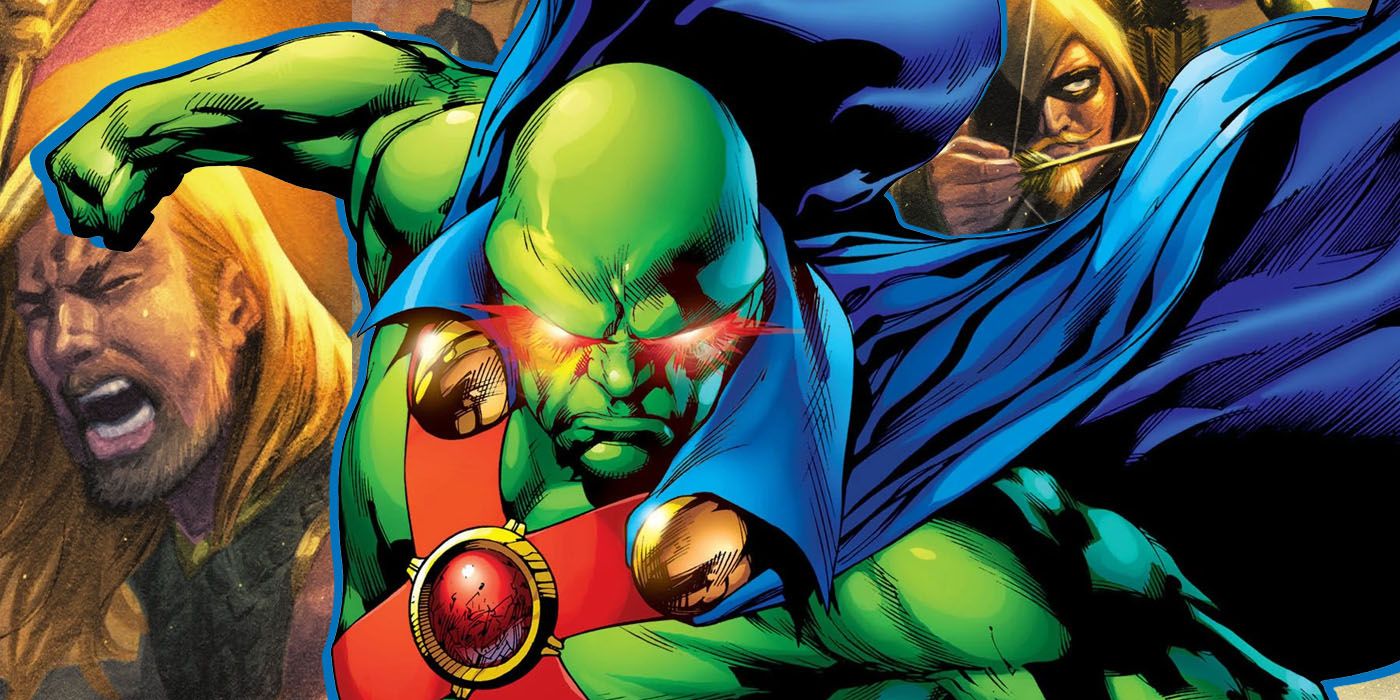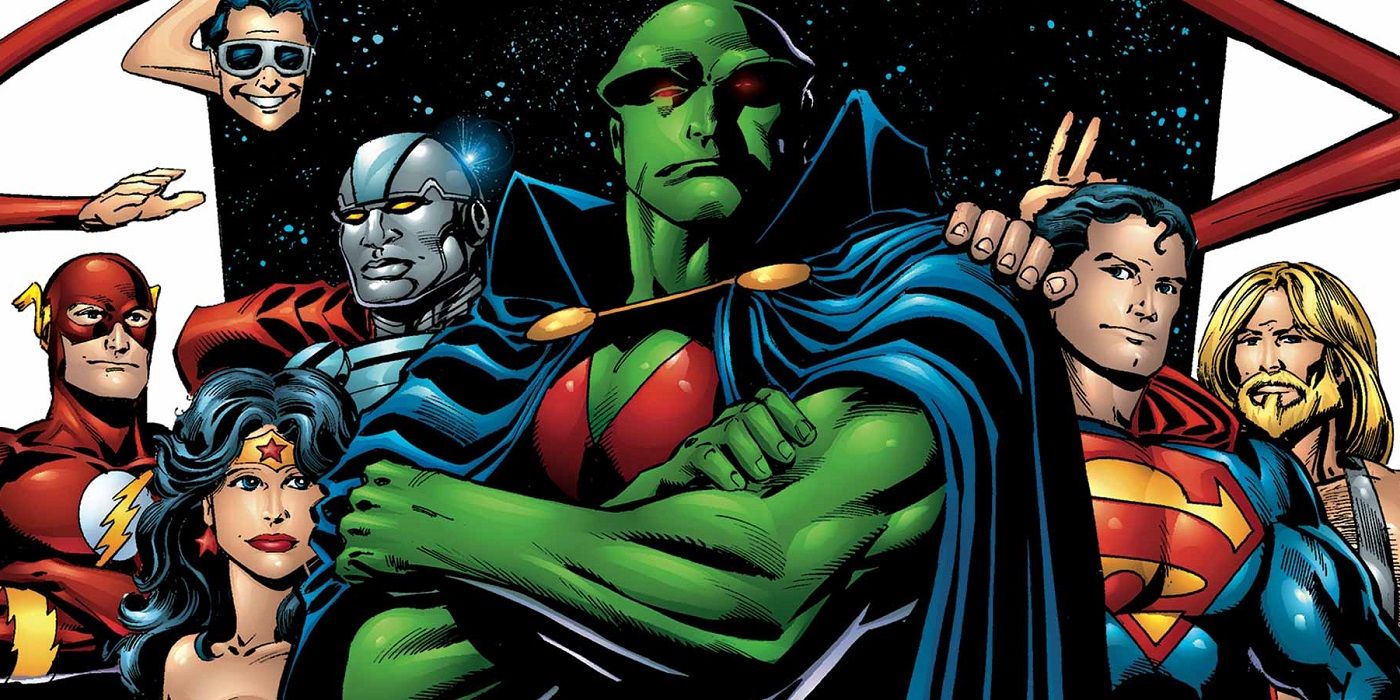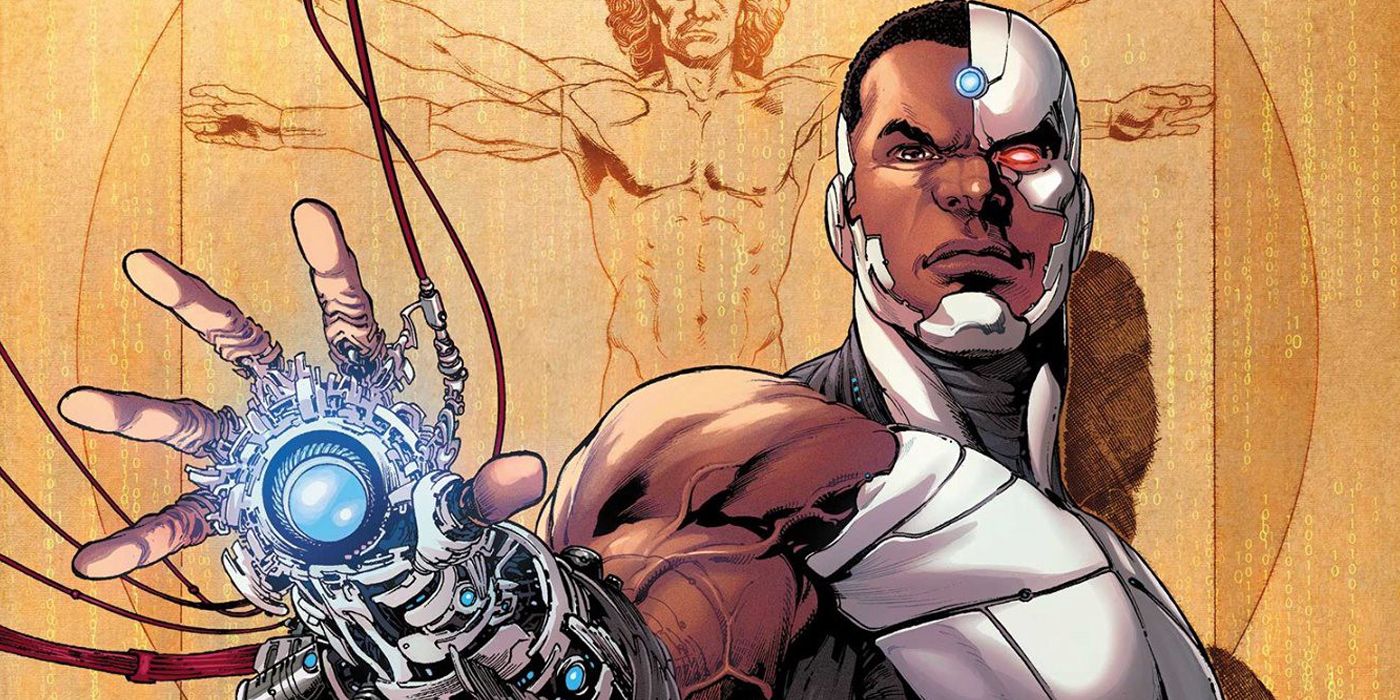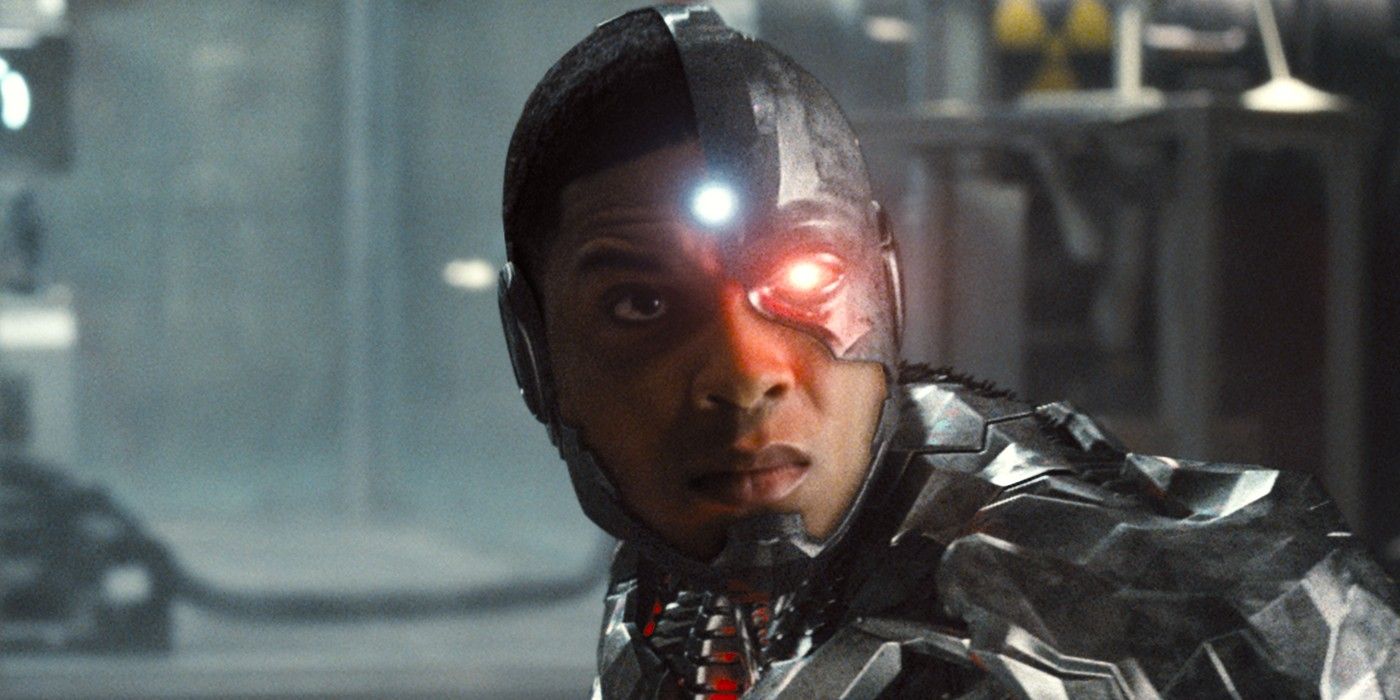Though it was initially quite popular on the sales charts, the New 52 reboot was one of DC Comics' most controversial decisions in recent history. Having occurred over a decade ago, many of the ramifications of this continuity revamp are still fresh in fans' minds. Some of the biggest changes affected both the Justice League and the Teen Titans, with the two premier teams having some of their most prominent members essentially switched.
J'onn J'onzz, commonly known as, Martian Manhunter's history with the Justice League was essentially erased by the New 52, and the same happened to Victor Stone, aka Cyborg's time with the Teen Titans. Victor was now a Justice League founder, and this "upgrade" was actually a huge step backward for his character. Here's how these two already underutilized DC heroes were roadblocked by the New 52.
Martian Manhunter is the Heart of the Justice League
Martian Manhunter was a founding member of the Justice League back when they made their debut in the Silver Age of comic books. For a time, he was easily the team's most powerful member, with later writers only making him stronger. Unfortunately, once the popular Superman and Batman became official members of the group, Martian Manhunter got overshadowed. Batman was more well-known for being a detective, whereas Superman had the flying alien strongman niche cornered. It didn't help that he was the only one of the classic 7 Justice League members who didn't have his own monthly titular comic book.
His lack of ability to develop his status quo and mythology would remain consistent throughout the years, with some of the few exceptions being the criminally underrated John Ostrander Martian Manhunter book that spun off from Grant Morrison's JLA. Despite that, J'onn J'onzz was still a constant member of the team, being present in pretty much every one of its incarnations. For this reason, not to mention his kind, understanding soul, Martian Manhunter was seen by many as the heart and soul of the Justice League. This is one reason why his death at the beginning of Final Crisis was such a harrowing development.
Sadly, the New 52 abandoned his history with the Justice League, even going so far as to make him initially antagonistic toward them. This robbed him of some of his greatest stories and triumphs, namely the aforementioned Ostrander-penned tales and his relationships with the comical Justice League International members. Those characters had brought out the stoic humanity in the alien hero, showing how he was, ironically, perhaps the most human of them all. It also meant that, without his place of prominence in the Justice League, J'onzz would never become a prominent solo character. However, after DC Rebirth, many of the changes in the New 52 were abandoned, with Martian Manhunter's history seemingly restored for the most part. But unfortunately, the damage was already done.
The New 52 Ruined Cyborg and the Teen Titans
Beyond absolutely decimating the Teen Titans as a property, the New 52 had a bad impact on Cyborg, too. Despite the reboot elevating him to a Justice League founder, the idea was questionable at best and was implemented in an even worse fashion. He now had none of his old connections to the Teen Titans, namely his brotherly relationship with Beast Boy. The Justice League comics of the era clearly thought just as poorly of the idea as fans did. Regardless of who was writing them, the books never did anything with Cyborg. There was briefly an attempted friendship between him and Billy Batson, but this thread was quickly dropped due to the characters having no real publication history with each other.
Cyborg's character worked in The New Teen Titans by Marv Wolfman and George Pérez because he was around fellow young adults, many of whom were under the same circumstances as him. This era of the Titans mostly had issues with their fathers or father figures, and the same can be said for Cyborg and his dad Silas Stone. He blamed his dad for turning him into a freak, but he felt a kinship with the other young Titans, his fellow "freaks". But, because of this, adding him to the Justice League meant that he would be surrounded by older adults who couldn't relate to him.
DC Rebirth made the call to restore Cyborg's history with the Teen Titans, but different adaptations have still foolishly chased the failed Justice League member idea. Both versions of the DC Extended Universe Justice League movies have Cyborg as a Justice League founder, and he's apparently going to have that role in the DC League of Super-Pets movie, too. This isn't how fans of the comics see him, but this is the only version of him the wider audience knows. Thus, fans of the forgotten era of comics, are essentially robbed of the "real" Cyborg in other media.
Worst of all, Cyborg's replacing Martian Manhunter as the 7th Justice League member in the New 52 turned fans against him. Despite never being a huge character or property compared to the other JLA founders, Martian Manhunter still had his fans, many of whom were upset that he was being essentially kicked to the curb for a disappointing take on Cyborg.
Even with things getting back to where they're meant to be thanks to DC Rebirth, the damage to the most popular incarnation of the Teen Titans still lingers. Cyborg and Martian Manhunter leaving their original roles did more harm than good and could be attributed to the dark and gritty development at DC during that time. Hopefully, DC's editorial staff learned their lesson about these characters' importance, not only to their respective teams but the DC Universe as a whole.




